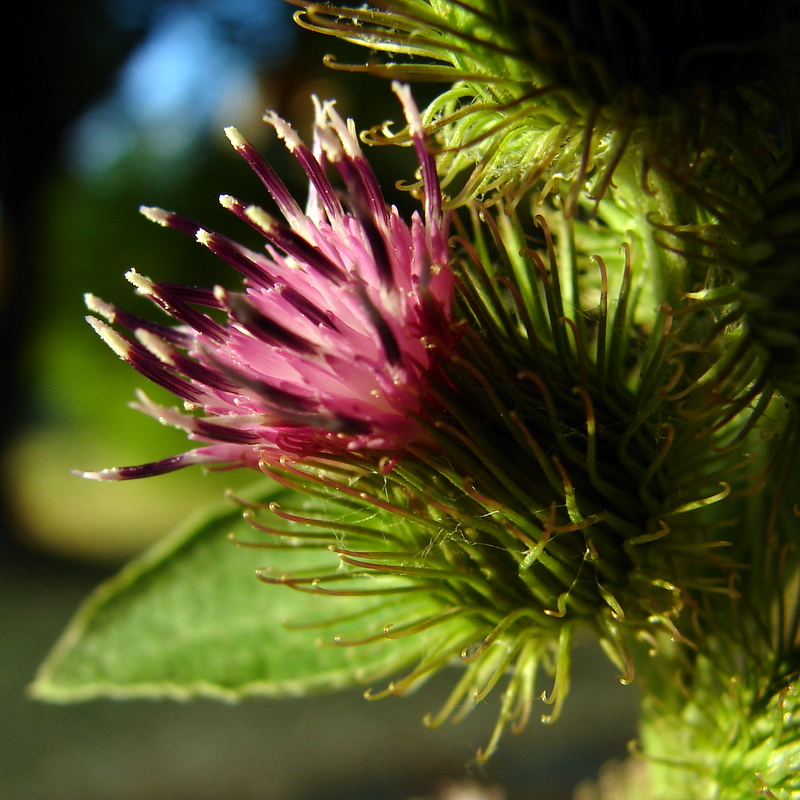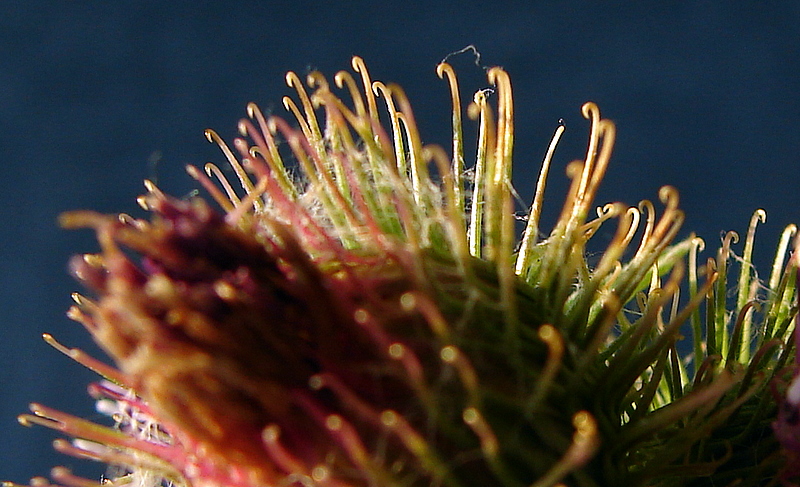
Courtesy & Copyright © 2011
Linda Kervin
 Milkweed Seeds
Milkweed Seeds
Courtesy & Copyright © 2011
Jim Cane
Autumn is a season of travelers. Birds migrate south. Deer, elk and antelope move to their wintering grounds. Many plants finish maturing seeds designed for transport to favorable new habitats. Seeds come in a kaleidoscope of shapes and sizes: their structure reveals their means of dispersal.
Many plants rely on the wind to loft their seed to fertile ground. Due to wind’s fickle nature, few of these seeds actually make it to a suitable site, so to compensate they are produced in abundance. Some seeds, like those of dandelion and milkweed, have a downy fluff which floats aloft with the slightest breeze. Others utilize wing-like appendages on the seed capsule, as in maple, ash and pines. The seed is heavier than the blade shaped wing, causing a spiraling motion which propels seeds farther than mere drifting.
Another strategy for seed dispersal is to entice animals to ingest the seed. Some plants like cherries, junipers and grapes do this by imbedding their seeds in a nutritious and tasty pulp. Others, like many grasses, achieve the same end by the placement of the seeds. As grazers consume the foliage, they inadvertently ingest seeds at the same time. Hopefully the seeds end up some distance from the parent plant, deposited in their own dollop of manure to aid seedling growth. Some seeds require a trip through the digestive tract, where the impervious seed coat is eroded away so that the seed can absorb water and germinate. Ants disperse seeds that have a patch of nutritious tissue, the aril, that they gnaw off before discarding the seed.
Another means of dispersal relies on a chance encounter to hitch a ride in an animal’s fur. The seed coat has clinging hooks, hairs or spines that latch onto fur or clothing. Many noxious weeds including burdock, hound’s tongue and cheatgrass use this type of dispersal, so be careful where you groom and dispose of their seed.
Grasses don’t run and pines don’t roam, but plant seeds have many tricks to gain mobility.
This is Linda Kervin for Bridgerland Audubon Society.
Credits:
Images: Courtesy & Copyright Jim Cane &
Courtesy & Copyright Linda Kervin
Text: Linda Kervin, Bridgerland Audubon Society
Additional Reading:
Seed Dispersal
https://andromeda.cavehill.uwi.edu/Dispersal.htm (archived link)
Wind Dispersal
https://www2.palomar.edu/users/warmstrong/plfeb99.htm
Seed Dispersal by Animals
https://www.cnr.uidaho.edu/range556/…


